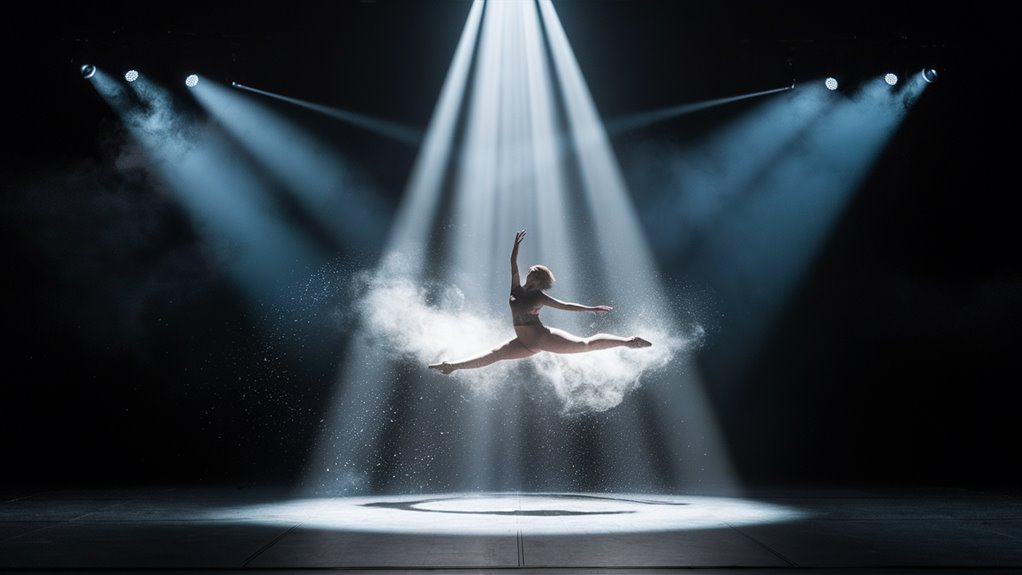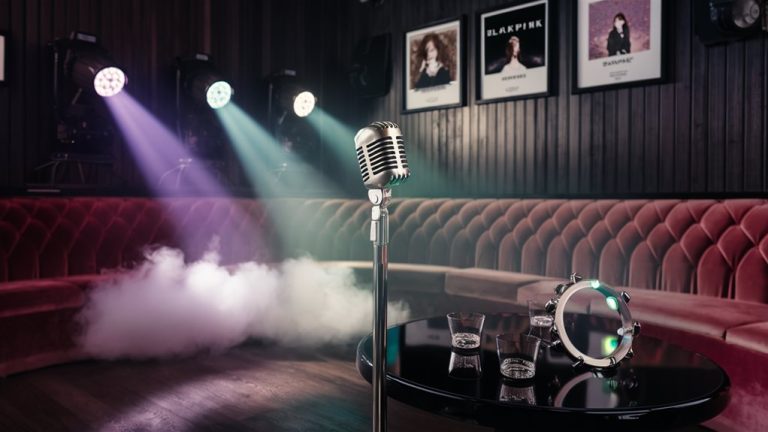
Making Big Moments Stand Out

Getting Stage Lights Just Right
Great lighting work needs just the right angle, 45 degrees, and not too bright, at 70%. Lights must hit places so no shadows fall and all main parts look good. DMX control systems help shift lights smoothly from a warm to a cold look, giving a show that pulls people in.
How Lights Play on Our Minds
Keeping the crowd into it comes from building up the drama with light changes. If you switch up patterns when least expected, it hooks people in. Timing and flow bring everyone together, waiting for what comes next. 동남아 밤문화 경험기 보기
Top Ways to Set the Stage
Expert staging mixes sharp skills with knowing how the crowd feels to set up big moments. By lining up lights just right, these moments feel big to everyone watching. The right place and moment make all the difference.
Getting the Audience to Feel It
Managing how the audience reacts depends on lights that change at the best times. Using smart stage tricks while keeping tight control makes the crowd feel the highs and lows together, crafting lasting memories.
The Secrets of Great Light Design
All About Great Spotlight Design
Learning the Basics
Spotlight design turns simple acts into wow moments using three key parts: timing, strength, and placement.
Knowing these lets designers make magic moments that draw everyone in.
Planning Moves and Lights
Mapping out the show starts with understanding where action happens and highlighting big scenes.
Smooth, quick spotlight moves that keep sharp focus are a must. The usual 45-degree angle gets rid of bad shadows and makes faces and the stage pop.
Handling Brightness and Colors
Tight control of lights means adjusting brightness just right, usually starting at 70% and going up for key parts.
Choosing the right color warmth makes a difference:
- 5600K lights – Great for dance
- 3200K lights – Best for theater and making skin tones look natural
Synchronizing Everything
Making everything work together is key for perfect moments.
The right blend of light cues, sound, and stage work makes memorable scenes where lights, sounds, and performance meet.
Advanced Light Moves
- Tracking tech
- Digital DMX setups
- LED spotlight tech
- Automated spot-following
- Live brightness tweaks
Using Light to Build Drama
Making Drama with Lights
Mastering Light and Darkness
Working with theater lights means carefully playing with brightness to shape drama. It’s about knowing how light and dark mix, way more than just dimming up or down to craft stories that hold the crowd.
Clever Light Use
Start with a set light level. Top designers tweak how bright things are to pull feelings out.
A cool trick is to dial back the main lights but keep what’s important lit up, making everyone focus only on that, pulling them deeper into the show.
Messing with Color for Feel
Changing colors guides feelings. Shifting from warm to cold lights signals tight spots are coming.
Using flashes and pulses at just the right times makes a big splash when done just right.
Making It All Tick Together
Following the show’s flow with lights needs perfect timing with how the show goes, the music, and voices.
Slow or quick light switches make people wait on the edge before a big moment. Success comes from knowing just when to go big or hold back.
Experts of Timing
Mastering the Key Moment

Art of Controlling Drama
Smart lighting design sets everything up, but true magic in showing off comes from nailing the timing.
Top artists know just when to pull back or let loose. They spot the right time to hit hard.
Spot-on Skills and Crowd Smarts
Creating wow moments needs both sharp skills and feeling out the crowd.
Pros ride the energy, building up suspense before setting off their best bits with top-notch timing.
Playing It By Ear
Great performers stand out by tweaking things on the fly.
Dancers make rough spots into cool moves, while musicians turn surprises into strong points.
Making every bit count, planned or not, shows who’s boss.
Timing Tricks
Stage whizzes have an ace feel for timing.
They stretch moments out or pack a lot into a flash, keeping us glued throughout.
When Everyone Gasps
How to Hook the Audience
Making Suspense Work
Suspense in shows makes times when everyone stops to watch.
These big spots turn regular shows into ones we can’t forget, pulling us all together in the wait.
Building the Big Gasp
Making moments that take your breath away needs careful setup through three steps:
- Right timing
- Smart pace
- Building up just right
A tightrope walker going up shows how to layer the tension, while musicians use build-ups in their music to prep us for the big hit.
What Keeps Us Watching
The Suspense Mix
- Setting the stage to grab focus
- A pause that builds the wait
- A big moment that lets it all go
Doing It Like a Pro
Top show people know how we think about time.
Magicians stretch a second to feel longer, while high-flyers keep us watching without blinking.
Making Moments Last
These big crafted times tie us together in the show, making feelings that last.
By nailing the build and release, they make spots we all feel as one, setting the stage for memories that stick.
Making Stage Magic Unforgettable
The Heart of Magical Shows
Stage magic is more than tricks. It’s about perfect timing, pulling eyes away, and full-on show know-how.
Nailing every detail, from lights to where everyone sits, makes moments of pure wonder that make top-notch magic acts. Top Songs to Rock the Mic
What Makes Magic Shine
Telling a Story
Building a story pulls people into the act, building up to the big surprise.
The tale is the ground all the magic sits on, making each wow part hit home harder.
Getting the Stage Right
Smart stage setting means lining up every move to back the trick while keeping the secret safe.
The space has to be set to back up both what we do and how it looks.
Messing With Minds
Piling on smart mind tricks lets magicians shape what we expect to see.
This dance between what seems real and the trick leads to real shock moments.
Bringing the Magic Peak
The best magic hits come when all parts line up just right.
Building up the wait through timed steps leads to that wild point when magic makes the unreal real right before us.
Getting the tech and show together just right marks truly big magic scenes.


